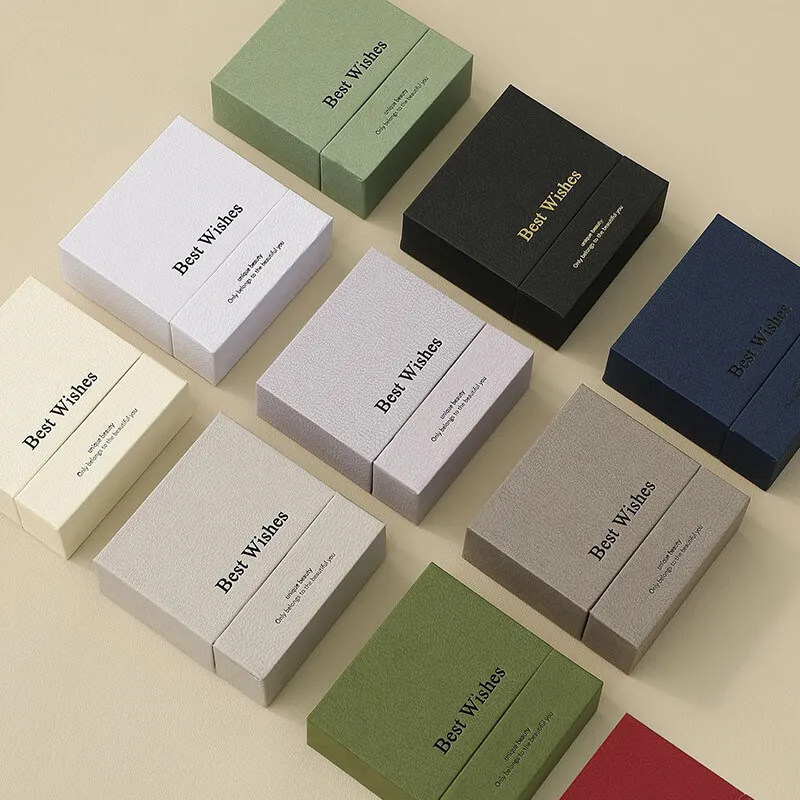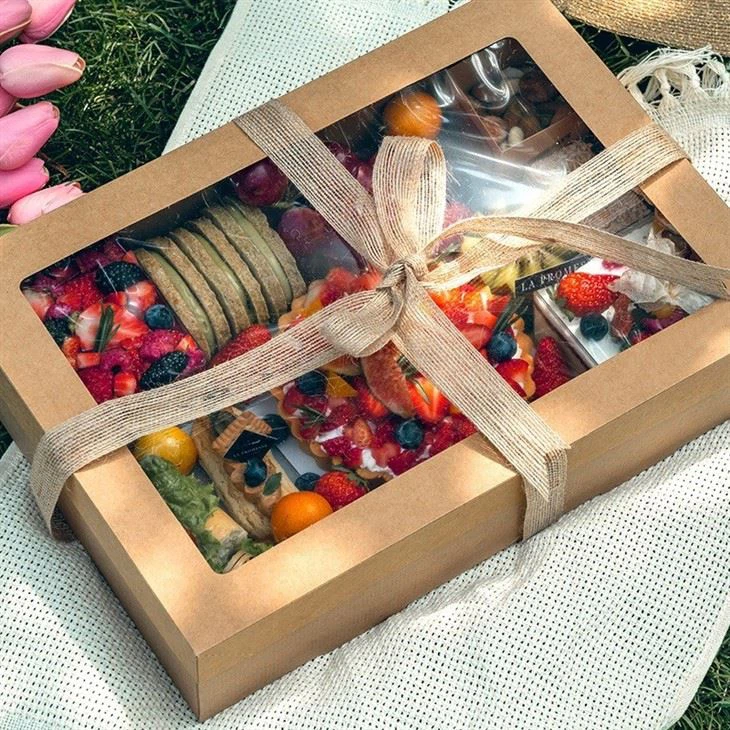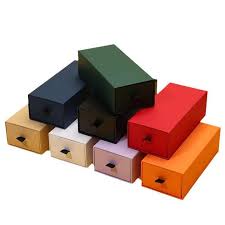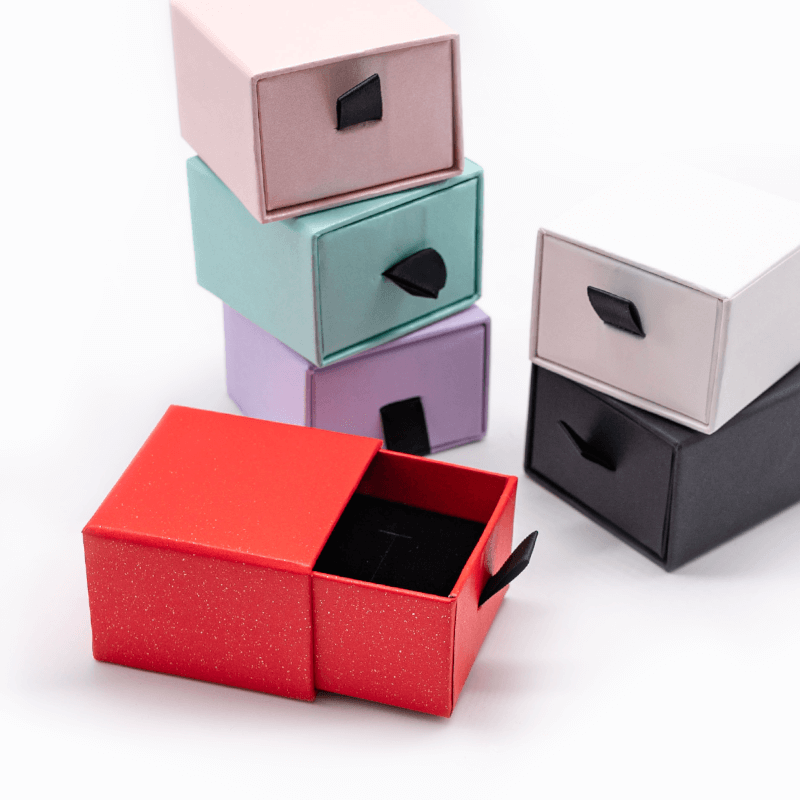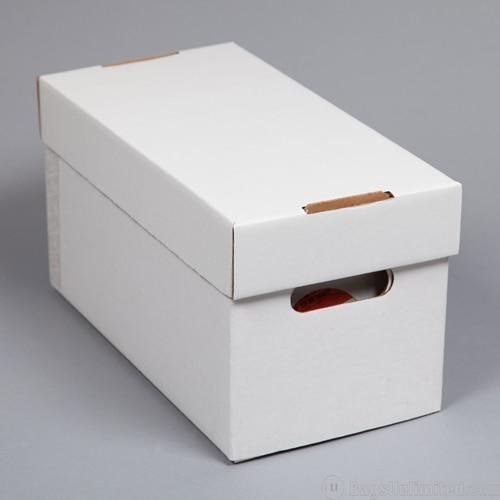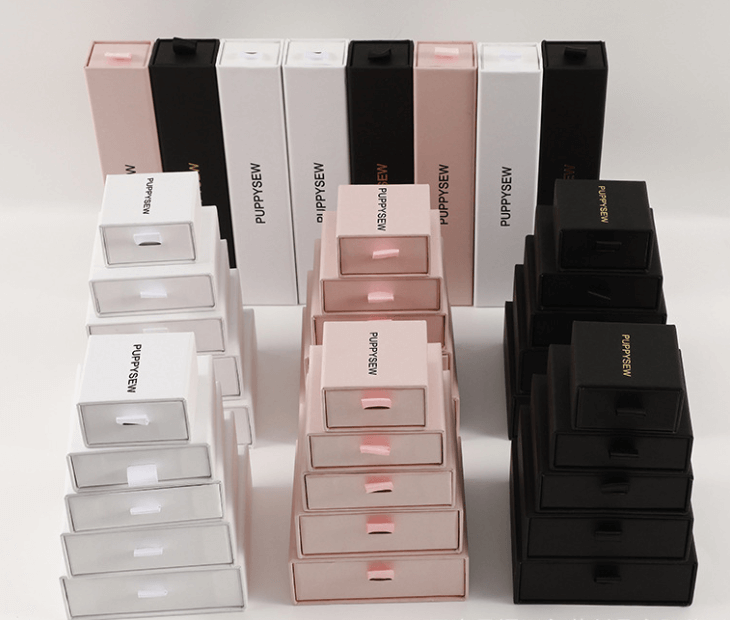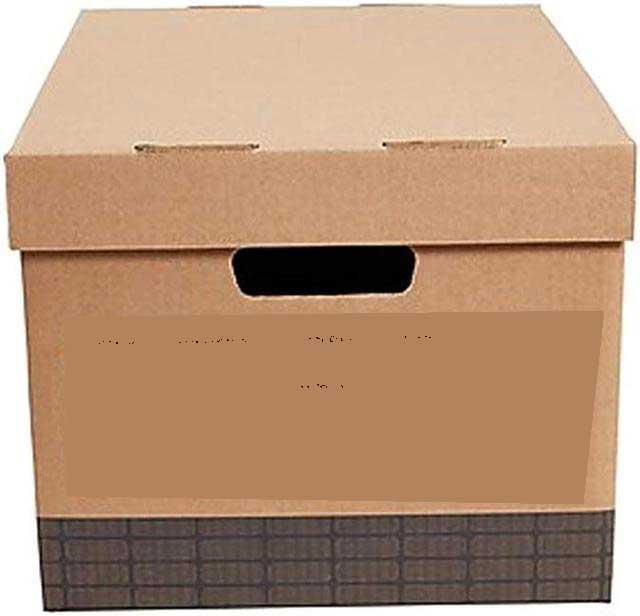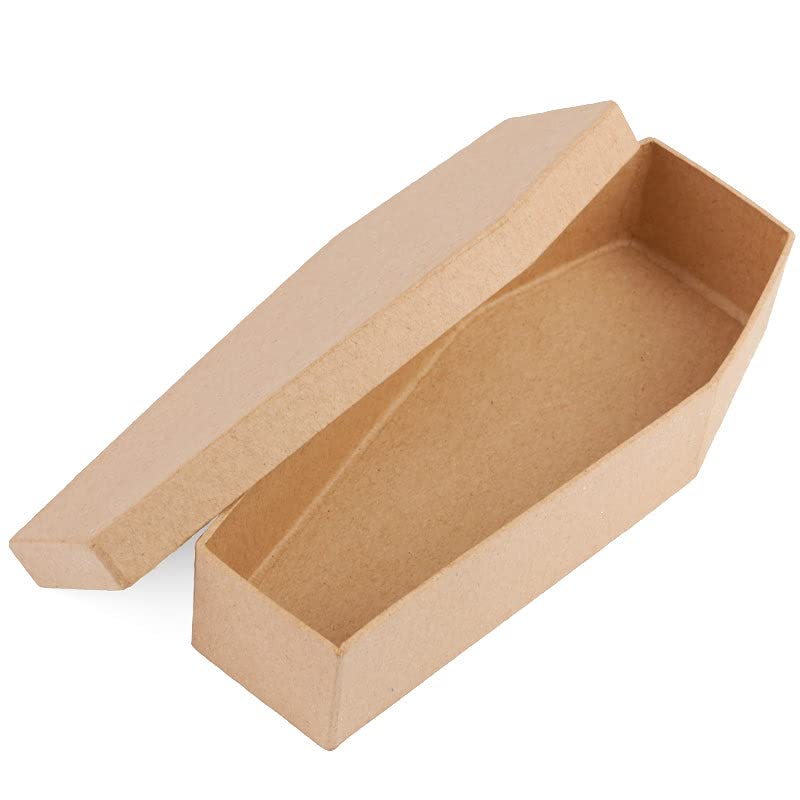Corrugated shipping crates are emerging as the leading wood-crate alternative for 2025. They ship flat, assemble in minutes, and exit through curbside paper recycling—cutting freight, dock time, and disposal hassle. When engineered with the right board grades and reinforcements, lightweight recyclable crates protect as well as traditional builds while lowering dimensional weight and labor. That is why procurement, logistics, and sustainability teams now ask a simple question: for which loads and lanes can corrugated replace wood or reusable plastic—without risk? This report sets the baseline: business drivers, design parameters (flutes, coatings, corner posts), required tests (drop, stack, humidity), and a rollout plan that converts cost and ESG goals into measurable wins.
Why It Matters — Cost, Service, and ESG on the Same Line
Corrugated crates matter because they attack three pressure points at once: total landed cost, service level, and sustainability compliance.
- Cost control: Lower tare weight cuts freight and fuel surcharges; flat-packed supply reduces storage and inbound cube.
- Service level: Fast, tool-free assembly shortens dock dwell and speeds cross-dock moves; consistent sizing improves pallet patterns and load planning.
- ESG & compliance: Paper-first, mono-material designs align with curbside recycling and corporate reporting; reduced wood waste simplifies end-of-life at warehouses and customer sites.
- Global volatility: When lanes shift or carrier rules tighten, lightweight, right-sized crates help keep dimensional weight and accessorial fees in check.
- Labor reality: Simpler builds mean fewer steps, less training, and safer handling in high-turn environments.
Corrugated crates convert procurement goals (lower cost), ops goals (fewer touches), and sustainability goals (higher recovery) into one packaging decision.
Efficiency Wins — Flat-Pack In, Fast Build, Clean Outbound
Lightweight corrugated crates lift throughput across inbound, floor, and outbound operations.
- Flat-pack inbound, higher cube efficiency. Crates arrive knocked-down, stacking tight in trailers and on racks. You free up storage space and cut receiving touches.
- Tool-free assembly in minutes. Scored panels, locking tabs, and strap channels replace nails and screws. Typical build targets: ≤5 minutes per large crate; ≤2 minutes for mid-sizes.
- Better pallet patterns, fewer rewraps. Consistent footprints improve layer counts and reduce “air columns.” That means fewer mixed loads and less stretch-wrap waste.
- Dimensional-weight control. Right-size walls and corner posts to fit the product, not a generic wood frame, and you trim billable volume on parcel and LTL lanes.
- Safer handling, fewer injuries. Lower tare weight reduces strain during lifts and rotations; rounded edges and no protruding fasteners cut incident rates.
- Faster turns at cross-docks. Standardized labels, forklift windows, and strap guides speed scans and transfers, keeping freight moving during peaks.
Less cube, fewer touches, quicker turns—the trifecta that shows up in both the warehouse KPI dashboard and the freight bill.
Sustainability Wins — Recyclable Stream, Lower Footprint, Clear Claims
Corrugated crates turn sustainability from a promise into a process.
- Paper-first, mono-material design. Crates and most reinforcements stay in the paper stream, enabling curbside recycling in many markets and simplifying site disposal.
- Less material, less carbon. Lower tare weight and right-sized walls reduce raw fiber per shipment and cut fuel burn across lanes—small deltas that compound at scale.
- Coatings that don’t block recovery. Favor water-based moisture barriers and repulpable adhesives; reserve heavy laminations for exceptional use cases only.
- Design-out plastic films. Use paper flap locks, strap channels, and corner posts to avoid shrink and foam where possible.
- Readable on-pack guidance. Print clear recycling icons and a one-line instruction (e.g., “Recycle with cardboard”) to raise recovery rates at docks and customer sites.
- Audit-friendly documentation. Keep a simple spec sheet: board grades, flute types, coating notes, and recyclability statements—ready for retailer and enterprise audits.
An end-to-end packaging choice that reduces waste, supports ESG reporting, and is easy for operations teams to execute day after day.
Where It Works — High-Gain Use Cases
Corrugated crates win where weight, speed, and recovery matter more than ultra-long reuse cycles.
- Industrial components & assemblies. Motors, gearboxes, and subassemblies that ship once or twice before installation. Custom corner posts + ribbed walls control crush without wood.
- Furniture & home goods parts. Flat-pack panels, doors, fixtures. Crates arrive flat, build fast on the line, and break down cleanly at destination.
- Food & beverage logistics (dry or shelf-stable). Half- and full-pallet moves where lighter outer protection reduces injuries and speeds depalletization.
- Medtech consumables (non-cold-chain). Clean fiber surfaces, print clarity for UDI/lot codes, and easy recycling at hospital docks.
- Cross-border e-commerce bulk. Right-sized walls cut dim weight; paper recycling solves disposal for 3PLs and returns centers.
For extreme moisture, marine exposure, or heavy multi-rotational reuse, specify reinforced boards, water-resistant barriers, and protective feet—or keep wood for those lanes.
Design & Spec — Board, Flutes, Reinforcements, Features
Engineered right, corrugated crates hit wood-like protection with far less mass.
Board & flute choices
- Walls: doublewall BC for heavy loads; EB when you need print and stiffness; B/E for midweight duties.
- Decks & lids: reinforced BC with edge doublers; add honeycomb pads for impact spread where needed.
Reinforcements
- Corner posts (laminated or folded) to carry stack loads.
- Strap channels to prevent edge crush under tension.
- Forklift windows/feet for safe entry and clearance.
Moisture & abrasion control
- Water-based coatings for humidity; repulpable tapes/adhesives; abrasion-resistant outer liners for rough lanes.
Human factors
- Tool-free locks; tear strips for opening; re-seal options for inspections.
- Big-type labels: SKU, gross weight, center-of-gravity arrows, and tip-n-tell windows.
Testing & Compliance — Prove It Before You Scale
Move from theory to confidence with a compact, audit-friendly test plan.
- Compression (stack) test: time-under-load equal to your longest dwell (e.g., 72–168 hours).
- Drop sequence: 6 faces + critical edges at packed weight; verify no product breach.
- Vibration: simulate lane profiles (parcel, LTL, ocean). Check fasteners, strap abrasion, and lid walk.
- Humidity cycling: 50–90% RH swings; confirm wall bow and closure integrity.
- Palletization trials: layer counts, overhang tolerance, forklift entry tests.
- Label legibility: scan tests at dock distances; barcode and RFID reads through films or windows.
Pass/fail rule: product intact, crate reclosable, labeling readable, and structural safety margins intact after tests.
Cost & ROI — The Math Behind the Move
A simple TCO model shows why teams switch.
- Inputs: crate tare weight, board grade cost, assembly time, wage rate, average lane mileage, fuel surcharge, disposal fees.
- Savings pools: freight (lower mass/dim), labor (fewer build minutes), storage (flat-pack inbound), disposal (curbside paper vs. special wood streams).
- Breakeven pattern: volumes with one-time or two-time uses cross over fastest; wood stays ahead only in high-rotation, harsh environments.
- Sensitivity: if accessorial fees (oversize, heavy) rise, corrugated advantage widens; if RH >85% for long periods, add coating cost or gate the lane.
Expect per-shipment savings and faster turns; keep a wood option for edge cases.
Implementation Playbook — From Pilot to Network Standard
- Define the lane: weight, dimensions, dwell time, humidity range.
- Co-develop the spec: board/flute, corner posts, strap paths, feet/windows.
- Prototype fast: one structural set + two coating options.
- Run the test pack: compression, drop, vibration, humidity, pallet trials.
- Train & SOP: tool-free build steps (≤5 min), label map, strap pattern, teardown.
- Scale & monitor: damage rate, build time, accessorial fees, recycling capture; iterate spec by lane.
Case Snapshots
- Industrial Drives: switched wood to BC-wall crate with posts; tare −38%, build time −55%, damage flat.
- Flat-Pack Furniture: EB walls + honeycomb deck; dock dwell −30%, DC recycling compliance +1.5x.
- Bulk Cross-Border E-Com: right-sized crates; dim-weight −12%, accessorials −18%, faster returns processing.
FAQ
Q1. How heavy can a corrugated crate go?
With BC walls, proper posts, and honeycomb decks, heavy single-use moves are feasible. Validate via stack and drop tests at your packed weight.
Q2. What about moisture or light rain?
Specify water-based barriers and quick-dry liners; for marine or long outdoor dwells, add feet and wrap—or use wood for that lane.
Q3. Can we reuse corrugated crates?
Yes, for limited cycles if humidity is controlled and closures stay intact. Track turns and retire before strength decays.
Q4. How do we prove equivalence to wood?
Run the test matrix (compression, drop, vibration, humidity) and document pass criteria with photos and readings.
Q5. Any labeling best practices?
Large SKU and weight panels, orientation arrows, strap maps, forklift windows; optional RFID for high-control lanes.
Get a Corrugated Crate Spec Pack
Share dimensions, packed weight, lane (parcel/LTL/ocean), dwell time, humidity range, and any stack height limits. You’ll receive a spec proposal (board/flute, reinforcements, coatings), a pilot test plan, and an implementation timeline aligned to your next shipping window.
Table of Contents

